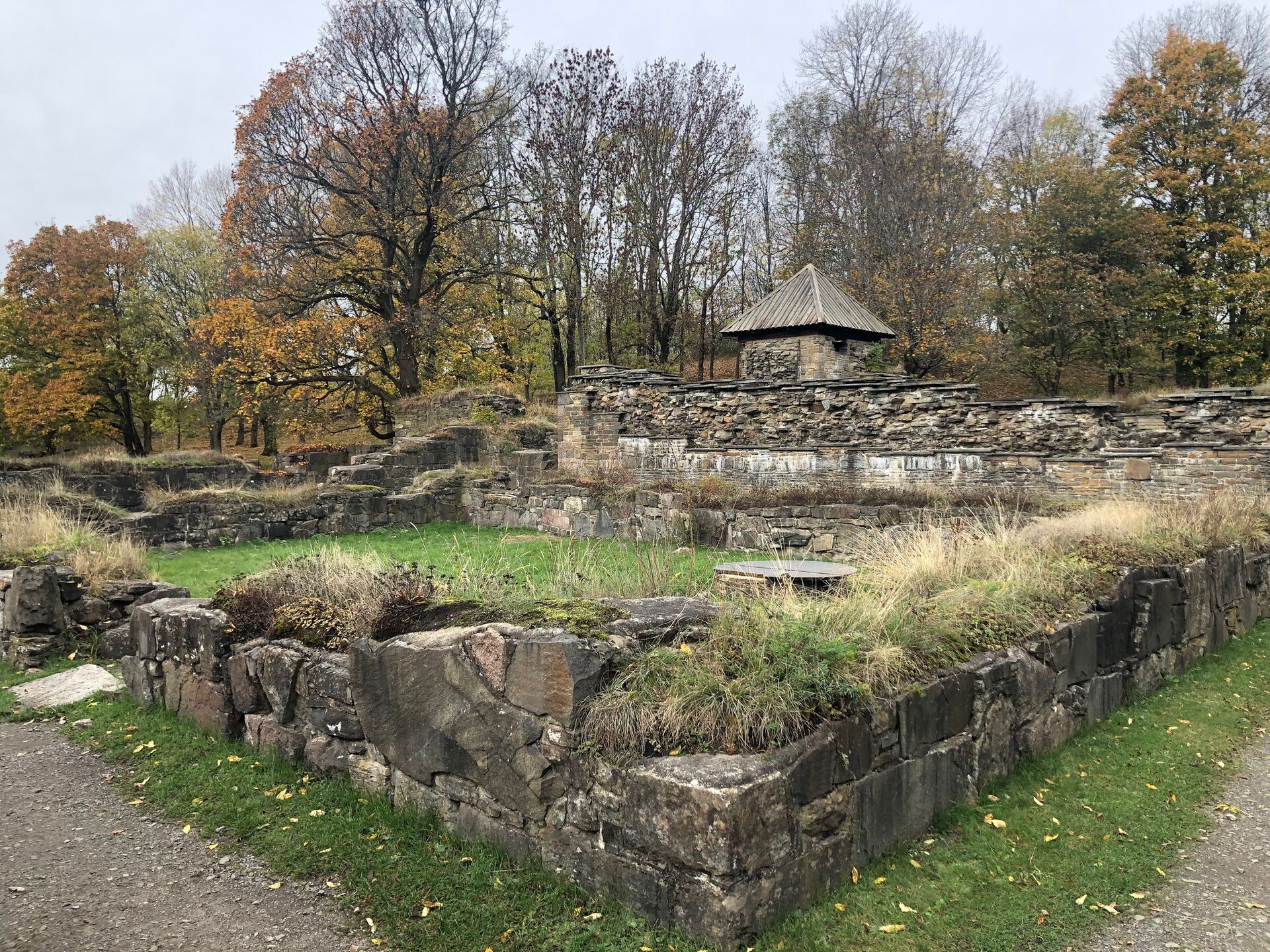October 2021 the two research projects REA:Life "Tracing the Ingredients" and "FoodImpact" executed two excavations at Hovedøya with the purpose of tracing remains of past food and medicinal practice. Three testpits/trenches were opened and numerous buckets of soil and bags of fish and animal bones were sampled and brought to the lab at Økern for further investigations and analyses. This Arkeologisk seminar we will hear more about the projects' aims and some initial results from the excavations.
Rebecca Blakeney introduces us to the REA:Life project "Tracing the Ingredients" and the Hovedøya excavation, Margrete Figenschou Simonsen introduces us to the "FoodImpact" project and the Hovedøya excavation. Sanne Boessenkool gives a presentation on the tracing of aDNA in the excavated sediment, Anneleen Kool presents the ethnobotanical interest in plant remains from the past, and Erlend Nordlie summarizes the two excavations and their potential of adding new understandings to medieval archaeology.
Rebecca Blakeney, PhD candidate at the Natural History Museum, University of Oslo
Margrete Figenschou Simonsen, researcher at the Museum of Cultural History, University of Oslo
Sanne Boessenkool, Associate professor at the Centre for Ecological and Evolutionary Synthesis, Department of Biosciences, University of Oslo
Anneleen Kool, Associate professor in Ethnobotany, Natural History Museum, University of Oslo
Erlend Nordlie, Excavation leader, Museum of Cultural History, University of Oslo
